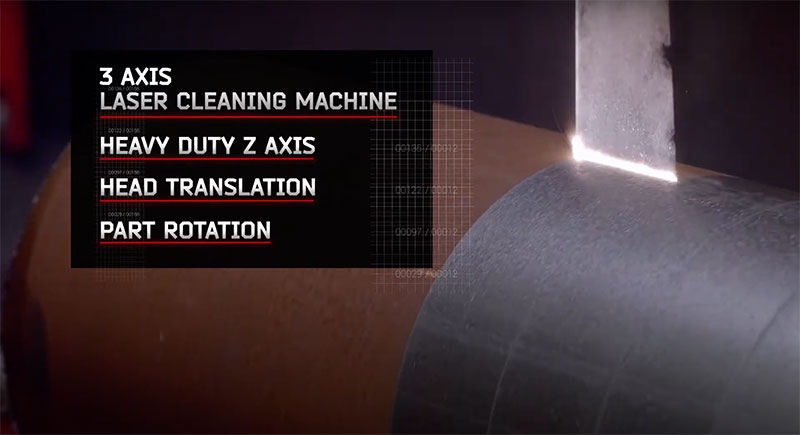

Once applied, if the gel remains on the metal too long, it will start to dissolve it, causing pitting. Many acid-based rust removal products are gel formulations. Strong alkalis work in a similar way, but on the opposite end of the pH spectrum. These are mineral acids, and they are highly corrosive, especially in concentrated forms. Hydrochloric acid (which is also called muriatic acid in its diluted form), as well as phosphoric acid and sulfuric acid may be used in rust removal formulas using strong acids. Strong acids will dissolve rust, but they will also dissolve paint, finishes, and sometimes even the metal itself. Strong acids and strong alkalis can remove rust quickly, however these caustic chemicals pose many health and safety risks and require that the user observe strict safety precautions. How Do Strong Acids Work for Industrial Rust Removal? It’s important to consider safety, disposal of the rust removal solution, time and other factors. The severity or level of rust, the type of metal part, the size and shape of the part, the quantity of parts and the type of facility you have will all impact what dissolves rust best.

There are many industrial rust removal products that might work for your metal parts or machinery, and what dissolves rust best will depend on several factors. Learn more about acid-free, biodegradable and environmentally friendly rust removers from ARMORĪRMOR Metal Rescue Rust Remover » What Dissolves Rust Best? This is hard work and can create noticeable unevenness that will affect the function or appearance of the part or equipment.
#Rust removal how to#
So what does this mean for industrial rust removal? Understanding what causes rust can help to understand how to get rid of it, and which methods work better than others, and why. Other non-ferrous metals like aluminum, copper or lead, can corrode, but they don’t actually rust. However, rust is specific to metals containing iron, which includes all types of iron (wrought iron, cast iron) and steel (carbon steel, stainless steel). Oxidation is one type of corrosion that can occur on metals, and many metals suffer from oxidation. Salt water in coastal regions or from winter road salt, as well as acid rain in some urban or industrial areas, are known contributors that speed up oxidation. When oxygen, water, and iron meet, a subtle and invisible chemical process occurs that causes electrons to move and turns iron into iron oxide, also known as rust.

Rust occurs when iron and other ferrous (containing iron) metals oxidize. In this post, we’ll explain how different types of industrial rust removal acids and water-based solutions work, so you can find the best product for your needs. There’s not enough time in the day to sand and scrub rust off, but you still need your metal parts and machinery in top shape. Rust can ruin the metal parts you need, cause machinery to malfunction, and create safety hazards. If you work with iron or steel parts or equipment, you’ve almost certainly had to deal with rust.


 0 kommentar(er)
0 kommentar(er)
